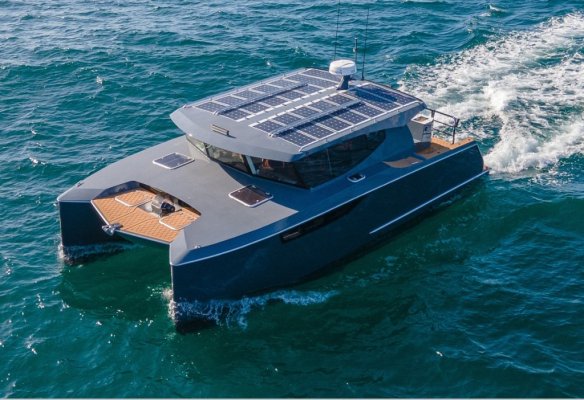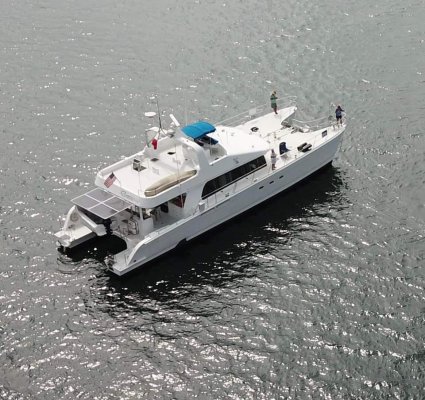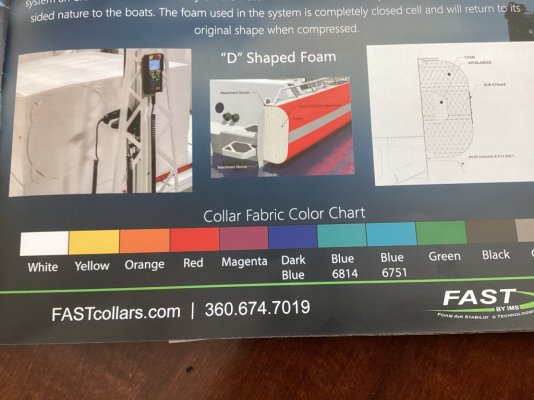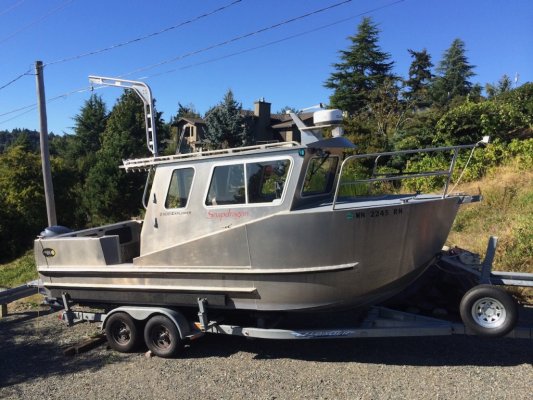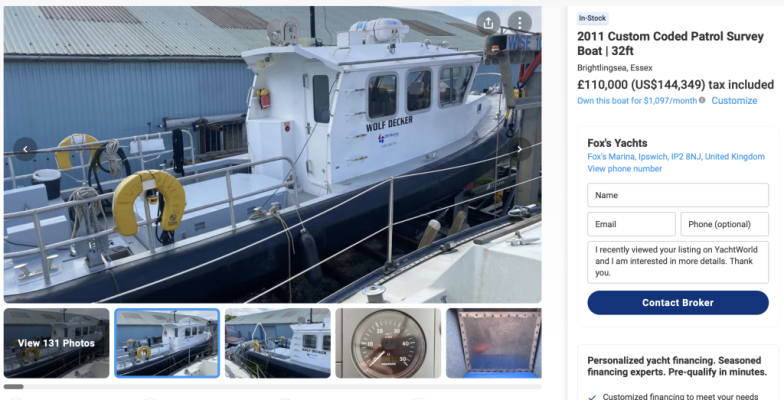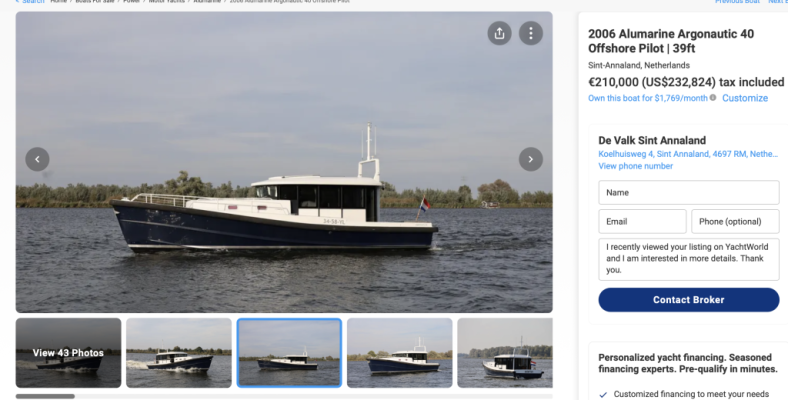Hippocampus
Guru
- Joined
- Jul 27, 2020
- Messages
- 4,117
- Location
- Plymouth
- Vessel Name
- Hippocampus
- Vessel Make
- Nordic Tug 42
PS you got,it backwards. The Defenders are air. The lifeproofs are foam. LP uses a special closed,cell high density polyethylene foam. Strong, good memory so returns to original shape after compression or denting. FP also uses 5086 H116 which seems to be the current best alloy in salt. But adds cost.
Safe has great boats but the company doesn’t has as much interest in working in recreational boaters. Lifeproof has a more major presence in both markets.
Have seen a lot of boats in commercial, law enforcement service with air. But it’s not uncommon to need replacement or significant repair. Only real benefit to air over foam I can think of is you can deflate the tubes. Makes for less beam when trailering or storing. Still my preference is foam. And I prefer polyethylene.
The LPs I’m looking at all have an opening (a true companionway) at the front of the house. In the sizes I’m looking at you can easily access the midship cleats with sufficient room to throw a line around a dockside cleat. So no need to use the narrow side walkways except for unusual needs. Handrails are there and enough room for your feet when needed.
Still the tried and true traditional Northcoast boats definitely would work. There’s a reason that kind of design has been around for so long.
Safe has great boats but the company doesn’t has as much interest in working in recreational boaters. Lifeproof has a more major presence in both markets.
Have seen a lot of boats in commercial, law enforcement service with air. But it’s not uncommon to need replacement or significant repair. Only real benefit to air over foam I can think of is you can deflate the tubes. Makes for less beam when trailering or storing. Still my preference is foam. And I prefer polyethylene.
The LPs I’m looking at all have an opening (a true companionway) at the front of the house. In the sizes I’m looking at you can easily access the midship cleats with sufficient room to throw a line around a dockside cleat. So no need to use the narrow side walkways except for unusual needs. Handrails are there and enough room for your feet when needed.
Still the tried and true traditional Northcoast boats definitely would work. There’s a reason that kind of design has been around for so long.
Last edited:

